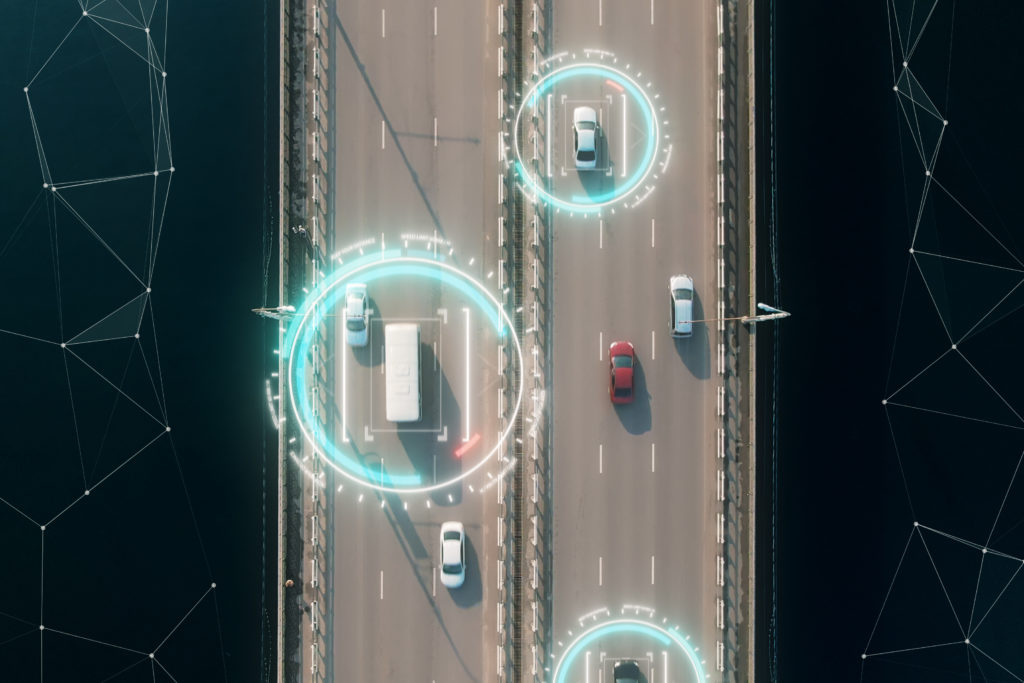Motor carrier regulations are expected to see major changes regarding some of the more pressing issues within the industry that the Biden administration has prioritized–but with so many regulation updates in the works, it has been hard to tell when exactly we may see these shifts.
Legal experts discussed this topic at a recent conference hosted by Scopelitis, Garvin, Light, Hanson & Feary, P.C. This three-day Transportation Law Seminar took place on August 26th in Indianapolis, and many professionals throughout the trucking industry made sure to attend.
“If you look at the Unified Regulatory Agenda that the administration released in the spring–the official timeline for rule-making–it’s highly aspirational,” explained American Trucking Associations deputy general counsel, Richard Pianka, during one session of the conference. “Very rarely does anything happen on the timeline that the Unified Agenda suggests.”
For example, the Department of Transportation was expected to implement an updated oral fluid drug testing regulation by May of this year. This rule was one item that was highly-discussed during the conference and is one that has been focused upon by many federal trucking regulators, Pianka explained.
“We saw a pretty major development in 2019 when the Department of Health and Human Services updated the federal workplace drug testing program to include oral fluid drug testing,” he said.
For truck driver drug testing to regularly include oral fluid drug tests, the regulation already in place by the Department of Transportation would need to be changed to include the allowance of fluid testing in general, which, according to Pianka, may take place in the “not too distant future.” This kind of testing could be extremely helpful during accident-related drug tests, as oral fluid drug testing can only detect recent drug use in one’s system.
“Oral fluid drug testing is something we have been waiting on for a very long time, but has been moving at a very slow pace,” added Pianka.
Congress first brought into effect a mandate for a final federal rule regarding hair drug testing at the end of 2015–a mandate expected to be made final by early 2022. This kind of testing has been explained as an alternative to urinalysis drug testing; however, this potential final rule has received criticism by a variety of motor carriers.
This proposal, which has been deemed to be “highly problematic” by Pianka, would urge medical review officers to not solely utilize hair drug testing and to not immediately report findings showing a positive test result from a hair sample.
“What they do is run an alternative specimen, which would–right now–be urinalysis, and report the results of the alternative specimen,” Pianka explained, noting that this kind of testing would present more challenges than intended.
“What this creates is a false negative problem,” he continued. “This would make hair testing in the trucking industry pretty much useless.”
In addition to driver drug testing methods, industry experts at the conference discussed the Federal Motor Carrier Safety Administration’s ability to review the current hours-of-service regulations in place. This discussion comes as the Biden administration has been working to pass a bill requiring FMCSA to analyze the recent changes around this rule and the update’s overall effects on truck drivers and the industry itself.
“The fact that it was in the House bill is an indication that there is a constituency for revisiting the hours-of-service rules,” Pianka said. “It’s certainly a potential issue we’ll see on the horizon.”
Another regulation in the works could urge federal regulators to implement a new rule requiring all new commercial truck models to have automated emergency braking–a rule that would need to be issued within a two-year period.
“This has already been on the National Highway Traffic Safety Administration’s agenda for some time,” said Pianka. “So, we think this has a good chance of becoming law.”
Fleets and independent truckers may see a rise in the minimum insurance requirement, as well, according to Pianka. Additionally, a proposal to remove the current requirement for drivers to immediately report road violations will likely see a final rule in the near future.
“They thought it was redundant that drivers report their motor vehicle records,” explained general counsel for American Trucking associations, Jennifer Hall. “So, you’ll be getting that information from your own queries.”
Screening criteria is also in the works by the National Transportation Safety Board for drivers required to be tested for obstructive sleep apnea, Hall added.
“We anticipate that this could be an issue that we will see coming forward for regulation,” she said.





